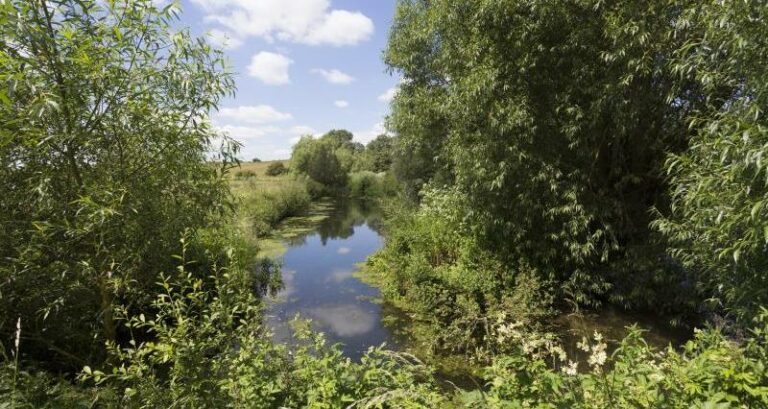The Water for Food Group of farming organisations met with environmental groups and government agencies on 14 August as part of Defra’s National Drought Group to review the current situation.
All parties agreed that, while the situation has improved following recent rainfall, we are still in a very difficult position; some farming sectors remain vulnerable and some environmental features are fragile.
The farming and environmental sectors agreed on the longer term need for increased river flow monitoring and data sharing, and on improved access to seasonal weather forecasting (that may become available as a result of recent academic research in this field).
Potential shortage of winter fodder remains the key farming issue, and we are also carefully monitoring the potential need for water to aid root crop harvesting
The current water resources situation is that recent rainfall has resulted in improving river flows (although this varies across the country), and groundwater remains in a generally healthy position.
Public supply reservoir levels fell 13% in July but remain broadly healthy (again a mixed picture across the country).
Ironically (with the exception of north west and west midlands regions) water availability is in a much better position than in 2017, due to spring rainfall.
The point of major concern for farming groups and environmental organisations is the prospect for, and implications of, a dry winter.
There is some regret that public water companies have not introduced Temporary Use Bans (TUBs), formerly called hosepipe bans, that could have sent a powerful message to households about the seriousness of the situation and the need to drive down domestic water use.


